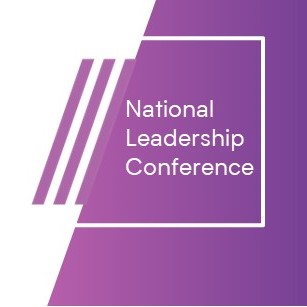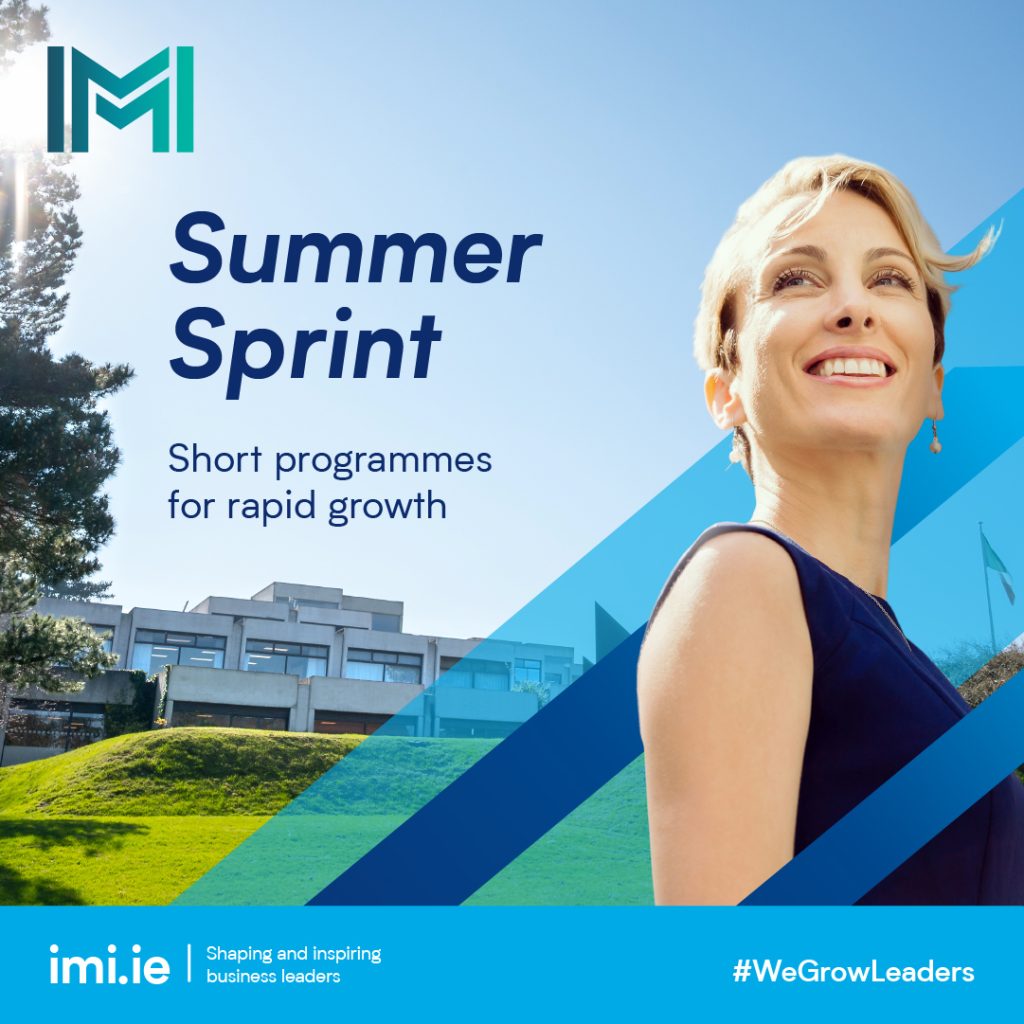The Three Circles of Creativity
By Gareth Jones | 1st April 2019
The pace of scientific and technical change is almost exponential. In addition, consumer tastes change more frequently than before. What gave you competitive advantage yesterday won’t work today.
It has become common place to assert that we live in a period of unprecedented change. This is an argument that quickly falls flat in the societal sense with a cursory glance at the History Channel, but in our professional lives the case is strong.
What is certainly clear is that the pace of scientific and technical change is almost exponential. In addition, consumer tastes change more frequently than before. What gave you competitive advantage yesterday won’t work today. Businesses need creativity at the heart of their DNA if they are to survive and thrive.
Organisational Creativity
We can think of creativity at three levels – individuals, teams and cultures. What do we know about creative individuals? They have high autonomy needs – they don’t like being told what to do. They have low structure needs – they like lots of free space. And finally, they don’t want to be leaders or led, but be left to pursue their obsessions.
In other words, they are not easy organisational people. Yet organisations need people who don’t quite fit in, who ask awkward questions. They will trample on the organisational sacred ground.
At PwC they may ask “does auditing have a future?”. At Unilever they provocatively ask, “what is the synergy between food and soap?” They may be wrong, but they force organisations to ask the big questions. You don’t need too many people like this, but you need a few.

(Photo source)
Collective Innovation
So creative individuals matter but innovation is nearly always collective. Creative teams are largely self-selected – they find each other. It is a good idea to make free time and space for people to explore new ideas collectively.
Teams that are consistently creative are diverse. Creativity increases with diversity and declines with sameness. And they are volatile, expect high levels of cognitive conflict – high performance innovation teams are rarely cosy.
At the cultural level organisations need to encourage entrepreneurialism. One good test of this is to see what happens when things go wrong. In dysfunctional cultures, the question is “whose fault was it?” In really dysfunctional cultures, the question is “whose fault can we make it look like it was?” In healthy innovative cultures, the question is “what can we learn from this?”
Perhaps the most contradictory thing CEO’s have been saying to their people is – “be entrepreneurial”, “innovate continuously”, combined with one last message, “don’t fail”.
Innovation attracts
To be successful, you need to be attractive to the most talented people – those who have the capacity to create disproportionate amounts of value. Such individuals only want to work in organisations where they can be their best selves. So, organisations need to work hard to become beacons for talent. CEO’s should be asking themselves “why should anyone work here?”
Does this organisation provide talented people with opportunities to grow and be challenged? Will they have the opportunity to work with others who will spark creativity? Kill off structures and processes which stifle initiative.
Recruiting creativity
It is not always easy to recruit creative people. Yet, recruiting staff is the most significant investment organisations ever make. Here’s a couple of suggestions for getting better at it.
• Identify talent scouts who will scan the labour market for people you might recruit. Be really curious about who at the competition could make your organisation stronger. Don’t just think about the known competition, but potential new disruptors.
• Don’t leave recruitment entirely to HR, make sure senior line executives are fully involved throughout the process.
• Pay and rations alone will not suffice to attract talent – for the best people the competition will match your offer. Instead offer development and excitement. Creative people want to work on projects that will get them out of bed in the morning with a spring in their step.
Great innovative leaders inspire people to exceptional performance. And in today’s volatile environment, exceptional performance is not a luxury, but a survival technique.
If innovation is key to your sustained success – and there are few businesses where this isn’t the case – then you will need leaders (not just at the top) who will encourage innovation and resist the temptation for control, hierarchical power and short termism.
Gareth Jones is an IMI associate on the Senior Executive Programme. Gareth is an expert on organisational design, culture, leadership and change and is currently a visiting professor at the IE Business School, Madrid, and a Fellow of the Centre for Management Development at London Business School.
Gareth has published several books co-authored with Rob Goffee, including “The Character of a Corporation” and “Why Should Anyone Be Led by You?”





